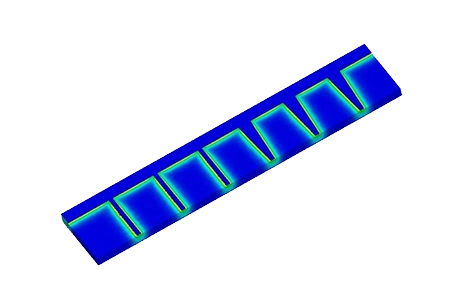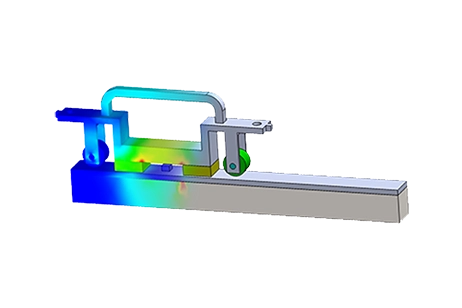Sensor and NDT/NDE Simulation
Design, evaluate, and optimize sensors and non-destructive testing setups using electromagnetic simulation.
Use EMWorks to model probes, coils, scanners, and inspection fixtures before building hardware. Predict sensitivity, signal response, and defect detectability so you can refine sensor geometry, excitation, and positioning for reliable material and structural evaluation in the lab or on the production line.
-

Sensors
EMWorks provides electromagnetic simulation tools to design and validate sensors for position, current, pressure, and NDT/NDE applications. Evaluate sensitivity, range, and interference before building hardware. -

Non-destructive Testing/ Evaluation
EMWorks provides electromagnetic simulation tools to design and assess NDT/NDE sensors such as eddy-current and probe-based systems. Predict signals, coverage, and defect sensitivity before physical testing.

